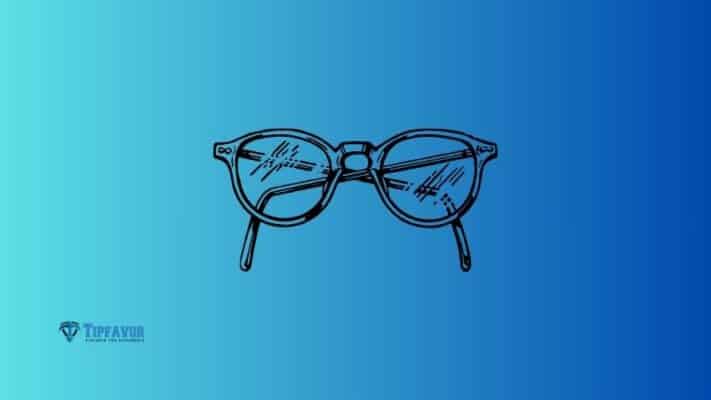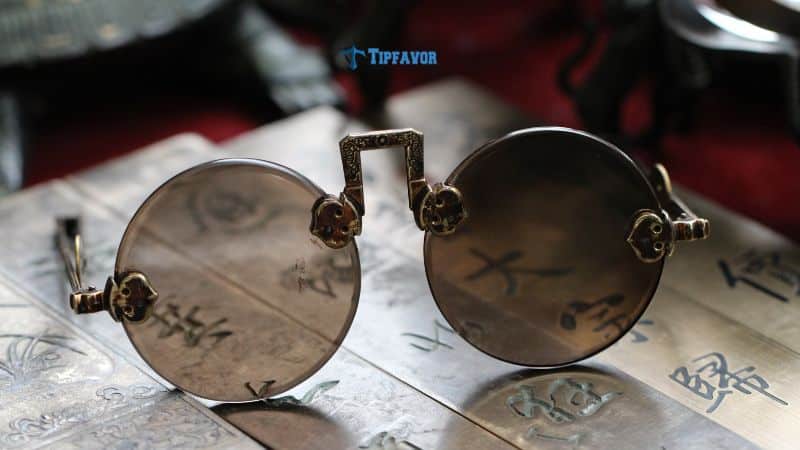Eye care
The History of Eyewear: From Ancient Times to Modern Trends
Eyewear, once purely functional, has evolved into a ubiquitous fashion accessory and essential tool for vision correction. The journey of eyewear spans millennia, reflecting advancements in technology, culture, and fashion. From ancient civilizations to modern trends, let’s explore the fascinating history of eyewear and its transformation over time.
Exploring the History of Eyewear: From Ancient Times to Modern Trends
Ancient Origins
The roots of eyewear can be traced back to ancient civilizations, where early forms of vision aids were crafted from natural materials. In ancient Egypt, around 3500 BCE, flat glass discs were used as rudimentary lenses to protect the eyes from sand and dust. Similarly, ancient Greeks and Romans fashioned rudimentary magnifying lenses from polished quartz crystals to aid in reading and vision correction.
Medieval Innovations
During the Middle Ages, the development of eyewear accelerated with the invention of the reading stone, a convex lens placed on top of text to magnify letters. In the 13th century, Venetian glassmakers began producing wearable spectacles with convex lenses, primarily used by scholars and monks for reading manuscripts.
Renaissance and Beyond
The Renaissance period marked a significant leap forward in eyewear design and craftsmanship. Italian artisans refined the production of spectacles, incorporating frames made from precious metals such as gold and silver. By the 17th century, eyeglasses had become a symbol of status and intellect among the European elite.
Industrial Revolution and Mass Production
The Industrial Revolution in the 18th and 19th centuries revolutionized eyewear production, enabling mass manufacturing and accessibility to a wider population. Innovations such as the adjustable temple arm and hinge mechanism improved comfort and fit, while the introduction of wire frames offered lightweight alternatives to traditional materials.
20th Century Innovations
The 20th century witnessed significant advancements in eyewear technology and design. In the early 1900s, the introduction of plastic frames revolutionized the industry, offering durability, affordability, and a wider range of styles. The invention of contact lenses in the 1940s provided an alternative to traditional eyeglasses, offering improved vision correction and convenience.

Fashion and Pop Culture Influence
Throughout the 20th century, eyewear became increasingly intertwined with fashion and pop culture. Iconic figures such as Audrey Hepburn, Marilyn Monroe, and James Dean popularized signature eyewear styles, from cat-eye glasses to aviators, shaping trends and influencing consumer preferences.
Modern Trends and Innovations
In the 21st century, eyewear continues to evolve with advancements in technology and materials. From lightweight titanium frames to customizable 3D-printed designs, consumers have more options than ever before. Additionally, the rise of blue light blocking lenses addresses the growing concern over digital eye strain, catering to the needs of a screen-centric society.
Conclusion
The history of eyewear is a testament to human ingenuity, creativity, and the quest for improved vision and style. From its humble origins in ancient civilizations to its modern-day status as a fashion statement, eyewear has undergone remarkable transformations over the centuries. As we look to the future, one thing is certain: eyewear will continue to adapt and innovate, reflecting the ever-changing needs and preferences of society. Whether for vision correction, protection, or fashion, eyewear remains an indispensable accessory that enhances both form and function in our daily lives.

